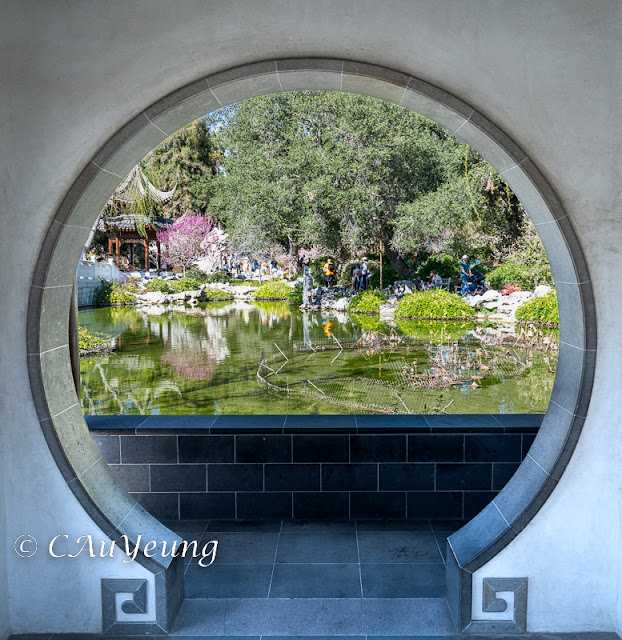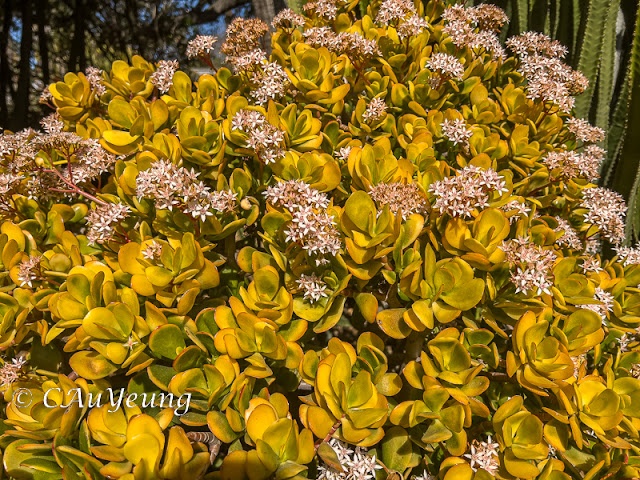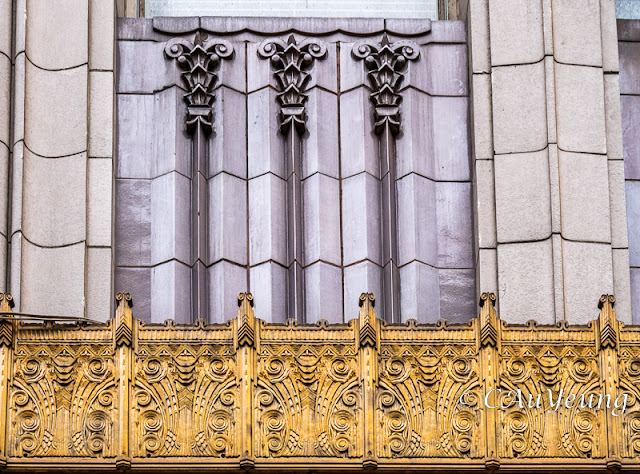The Chinese Garden, "Liu Fang Yuan, 流芳園, or the Garden of Flowing Fragrance, is one of the finest classical Chinese style gardens outside of China" as described on the Huntington website - and I agree. It is very well-made and obviously a lot of thought and money has gone into it. It is indeed comparable to some of the Chinese gardens I have visited in Hangzhou and Suzhou in China.
Literature fills the gardens - calligraphic works are everywhere, on rocks, tiles, pavillions, portals, whether as names, evoking historical works of Chinese literature or couplets drawn from earlier poems.
One important thing to note about visiting - go first thing in the morning or last thing before closing. The crowds in between really detract from the ambiance and the experience of the garden. We visited just after lunch and there was just no way I could take a decent photo with the sun overhead and the crowds milling about in front of everything. I popped back in at the end of the day and was lucky to hit the golden hour as the crowds were heading out. There was a world of difference.

We were lucky there was an exhibition on when we visited - Crafting a Garden: Inside the Creation of Liu Fang Yuan. I quote from the Huntington website: "the garden...appears to be a replica of the historical gardens in Suzhou, China, that inspired its design. But underneath those seemingly traditional elements are complex layers of materials and ideas unique to the garden’s setting in contemporary California." That was precisely what I was thinking. Suzhou was in a different climate zone from almost desert like Los Angeles. The gardens in Suzhou are in a dense city so gardens in these residences tend to be more intimate. The Huntington gardens are very spacious and like everything in America - supersized. Kudos to the designers for creating this garden with all these complex elements in balance in spite of the environmental differences.
You can see below some of the exhibits.
 |
| Ten different kinds of roofs |
 |
| Nine different kinds of ground patterns |
 |
"Winding Peaks and Twisting Roads" 20th-21st century - Linghi limestone.
Dark grey limestone rock from Linghi in Anhui Province in China has been celebrated by collectors for a thousand years, valued for their fine, wrinkled texture and unusual form. |
Rocks are an important element in the Chinese garden. They are symbolic of mountains, strong and durable and are much valued. |
| "If a rock appeared porous with many holes penetrating all the way through and had a strangely contorted overall form, it was considered a highly valuable asset to the garden." This one certainly fits the bill! |
A delightful showcase of paving
 |
These long corridors are typical of traditional Chinese gardens and residences. One of its intentions is to allow visitors to enjoy the gardens regardless of the weather - rain in China and the harsh sun in California.
|
Friendship pavillion
 |
Etchings of four traditional Chinese instruments decorate this pavillion

|
 |
| And this is the mood in the gardens - some visitors dressed up in traditional costumes prepared for a million poses... |
 |
| These two photos were taken through the latticed glass window as the rooms were not open but you can see the centre rock sculpture in what is probably a study above. Love those latticed windows! |
 |
| Framed vistas are everywhere, in different shapes and sizes |

 |
| Double-framed! |
 |
| A final vista in golden hour light before closing |






































































